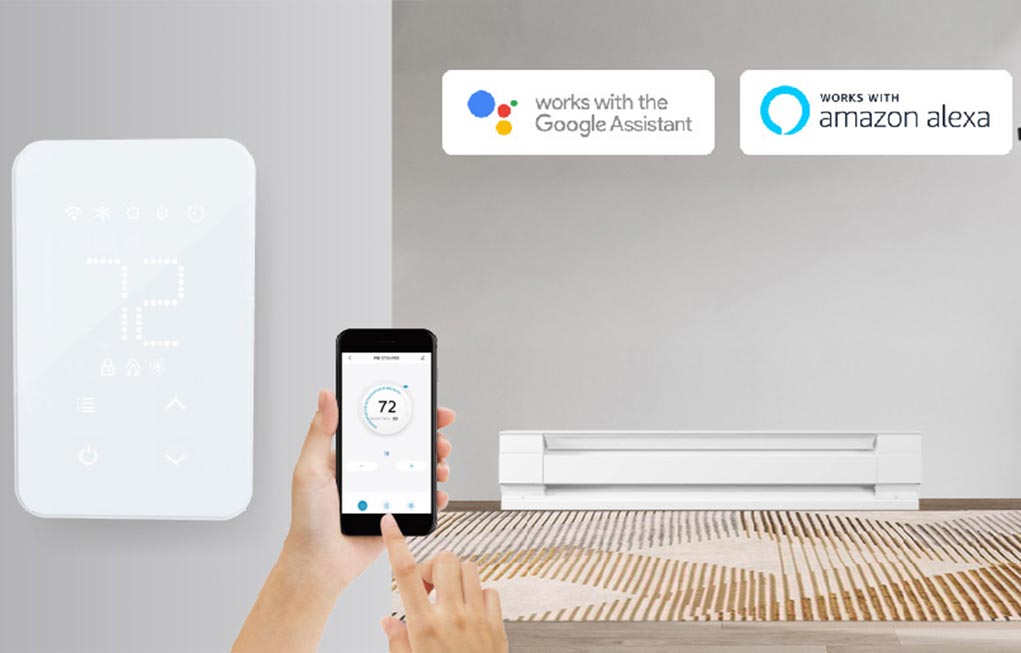Never miss an offer or update. You can unsubscribe at any time.
 What is a Line Voltage Thermostat? – Etop HT-65
What is a Line Voltage Thermostat? – Etop HT-65
 Guides of Installing a Line Voltage Thermostat for a Baseboard Heater
Guides of Installing a Line Voltage Thermostat for a Baseboard Heater
 Address:No.6 of Tong'an Industrial Park, Meixi Rd,Tong'an District, Xiamen China 361100
Address:No.6 of Tong'an Industrial Park, Meixi Rd,Tong'an District, Xiamen China 361100 Phone:+86 0592 6155792
Phone:+86 0592 6155792 Email:info@etopcontrols.com
Email:info@etopcontrols.comNever miss an offer or update. You can unsubscribe at any time.

